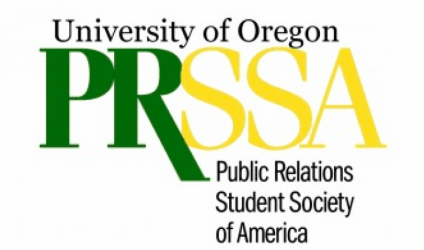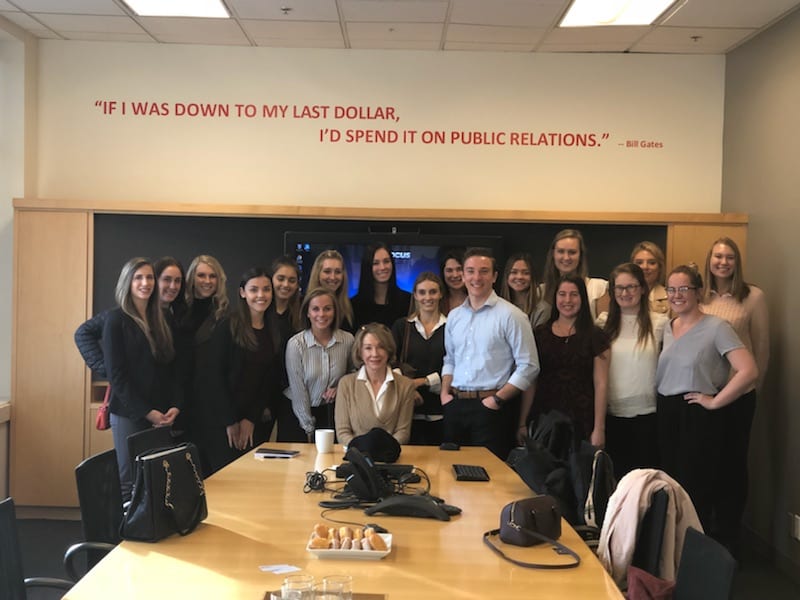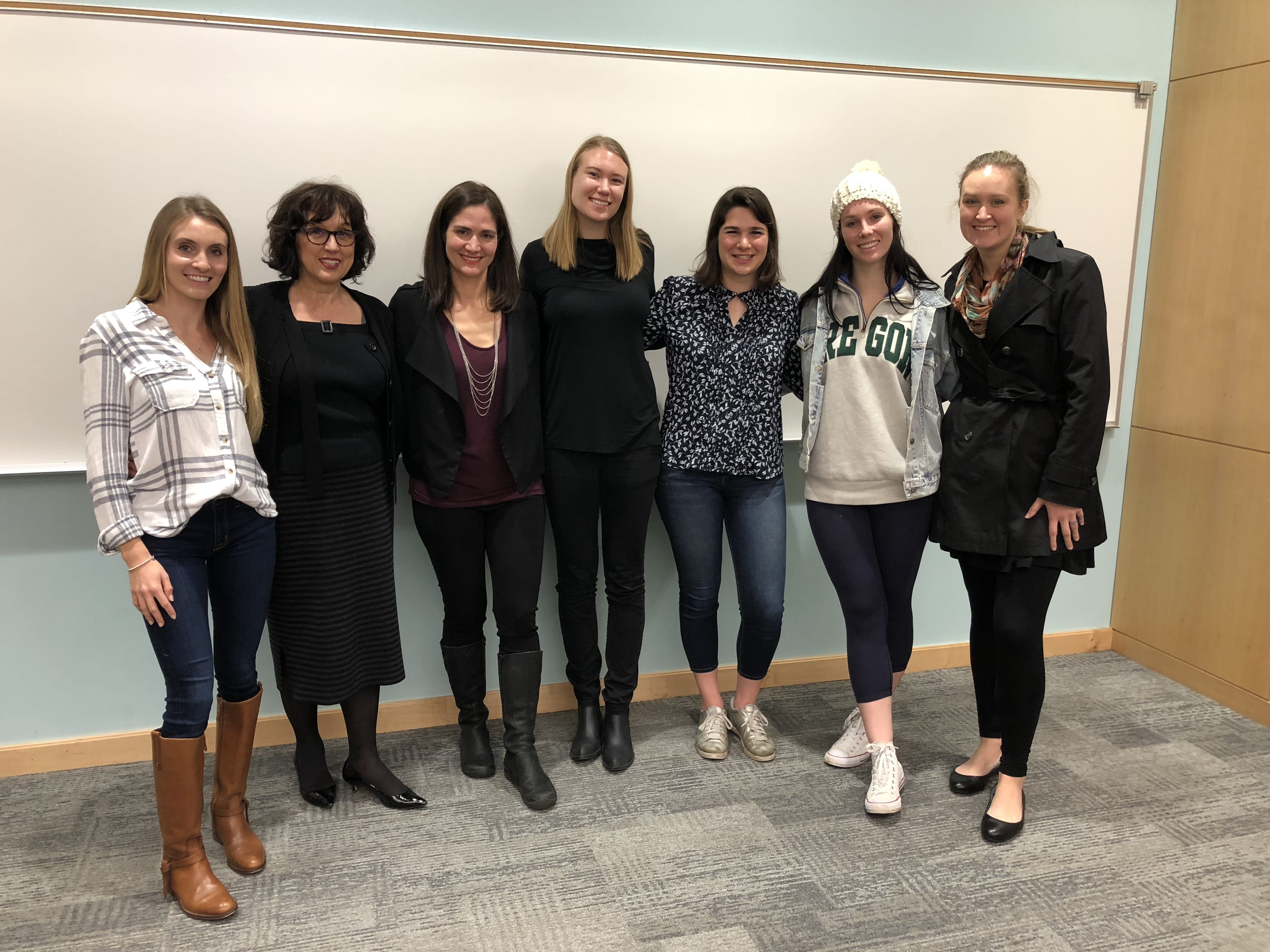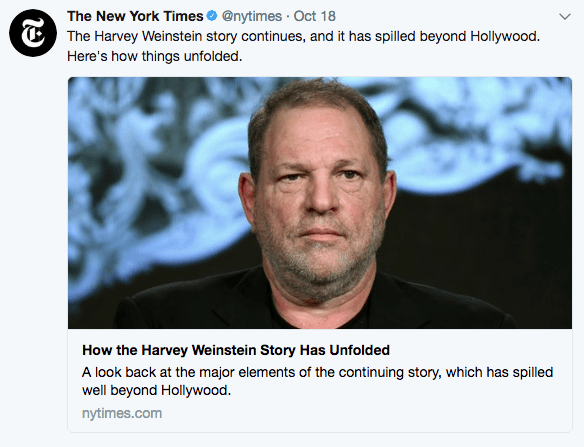By Sierra Goodman
SPOILER ALERT: Be aware, this post spoils details about season 2, episode 13 and 14 of “This Is Us.”
UPDATE: Milo Ventimiglia from “This Is Us” posted a video on Twitter telling people to “come together” for the Super Bowl as he scoops some chili from a Crock-Pot. The video then uses #CrockPotisInnocent. Will this calm angry fans/Crock-Pot owners?
Milo reminds us to come together for the Big Game. Watch This Is Us on NBC, Sunday, February 4. pic.twitter.com/Iawc1llCWj
— This Is Us (@NBCThisisUs) February 3, 2018
The latest episode of the popular NBC television series “This Is Us” has “sparked” (pun intended) some controversy. In the episode titled “After the Super Bowl,” a beloved character presumably dies in a fire caused by a faulty Crock-Pot. As a result, fans of the show and their Crock-Pots went to Twitter to state their fear of the cooking appliance and declaration to throw it out with posts, pictures and videos.


Crock-Pot has long-running social media accounts on Instagram, Facebook and Pinterest. However, they missed Twitter, a key member of their social media presence. The lack of this social platform hindered their ability to address the issue in a timely manner. The company eventually made a Twitter account called @CrockPotCares. They demonstrated a strategic personable tone by addressing tweets about Crock-Pot safety standards and providing a place for consumers to reach out with questions. Showing empathy and using facts to correct misinformation has helped them swerve from the PR crisis. This does not mean they are in the clear — even with a large brand like Crock-Pot it takes time to gain followers.

A small number of followers equals a small amount of exposure for people to see their posts. They have gained 2,000 followers in the last week, but compared to KitchenAid’s 90K Twitter followers it is minuscule. Even with a lack of followers, they have considerably high engagement, receiving everything from 2-302 likes per post.
The episode of “This Is Us” created problems for Crock-Pot and NBC as well. Crock-Pot can potentially sue NBC for trade libel, slander of goods, commercial disparagement, injurious falsehood, and disparagement of property. Crock-Pot released a statement that commented on the action they hope to see from NBC:
“Our hope is that the team at NBC’s ‘This Is Us’ will help us in spreading factual information regarding our product’s safety. While we know their primary mission is to entertain — something they have continued to excel in — we also feel they have a responsibility to inform”
The network itself has failed to respond; however, the show’s creator, Dan Fogelman, immediately responded to the Twitter outcry. Hopefully, the tweet from the creator, with a Twitter following of more than 40,000, can alleviate misunderstandings to help both Crock-Pot and NBC.
Although Crock-Pot has been responsive on Twitter, they have not been particularly responsive on their other well-established social media platforms. This is a bit confusing because their other social platforms have the most followers that will be able to view their potential response to the incident. Crock-Pot has also failed to make their official statement known to the general public.
Considering these variables I suggest Crock-Pot address the issue on all social media platforms and post a news release to the press section of their website.














 .
.